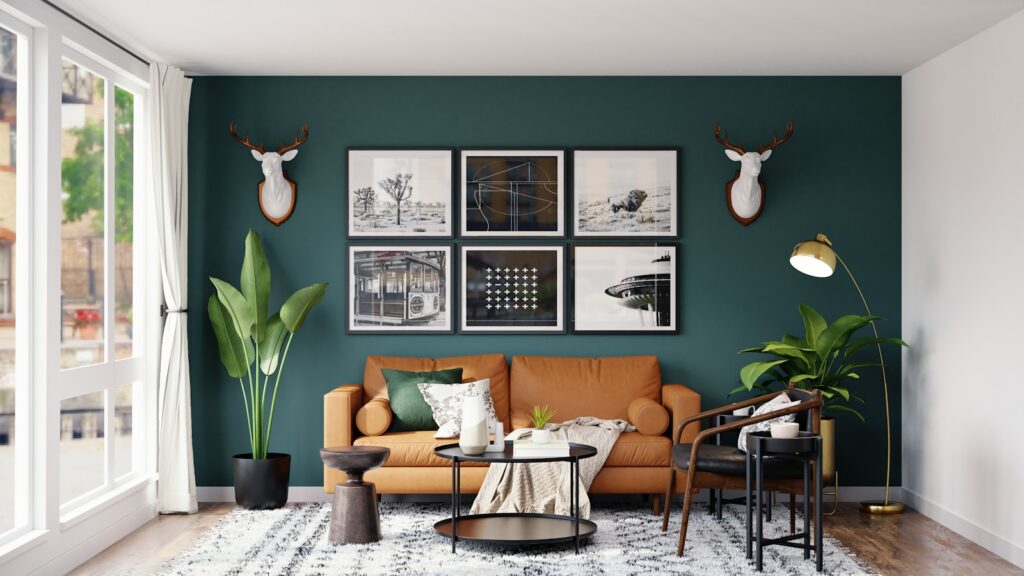Transforming Your Living Room into a Cozy Sanctuary
Are you tired of coming home to a lackluster living room that doesn’t reflect your personality or style? Do you dream of creating a cozy sanctuary where you can relax and unwind after a long day? If so, it’s time to give your living room a makeover. In this guide, we’ll show you how to transform your space into a warm and inviting haven that you’ll never want to leave.
1. Start with a Neutral Base
When it comes to creating a cozy living room, the key is to start with a neutral base. Choose a soft, soothing color palette that will create a sense of calm and relaxation. Opt for shades of white, cream, beige, or light grey for your walls, and complement them with warm, earthy tones for your furniture and accessories.
2. Add Texture and Layers
To make your living room feel cozy and inviting, be sure to incorporate plenty of texture and layers. Mix and match different fabrics, such as wool, velvet, and faux fur, to create a tactile and inviting space. Add throw pillows, blankets, and rugs to add warmth and comfort to the room.
3. Create Intimate Seating Areas
Instead of arranging your furniture in a traditional way, consider creating intimate seating areas that encourage conversation and relaxation. Arrange your furniture in small groupings, such as a pair of armchairs around a coffee table or a cozy reading nook in a corner of the room. This will make your living room feel more inviting and cozy.
4. Incorporate Natural Elements
Bringing the outdoors inside is a great way to create a cozy and welcoming atmosphere in your living room. Incorporate natural elements, such as wood, stone, and plants, to add warmth and texture to the space. Consider adding a wooden coffee table, stone fireplace, or a variety of houseplants to bring a touch of nature into your living room.
5. Soften Harsh Lighting
Harsh overhead lighting can make your living room feel cold and unwelcoming. Instead, opt for soft, ambient lighting that creates a warm and inviting atmosphere. Use a combination of table lamps, floor lamps, and wall sconces to create a cozy glow in your living room. Consider adding dimmer switches to control the level of light in the room.
6. Personalize Your Space
Finally, don’t forget to personalize your living room to reflect your personality and style. Add personal touches, such as family photos, artwork, and decorative accessories, to make the space feel like home. Display your favorite books, collectibles, and treasures to create a cozy and inviting atmosphere that is uniquely yours.
By following these tips, you can transform your living room into a cozy sanctuary that you’ll love spending time in. Whether you’re curling up with a good book, hosting friends for a movie night, or simply relaxing after a long day, your cozy living room will become your favorite place to unwind and recharge.





